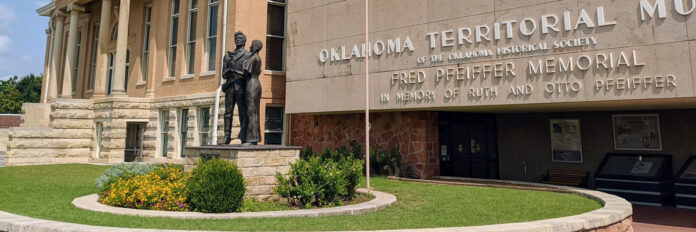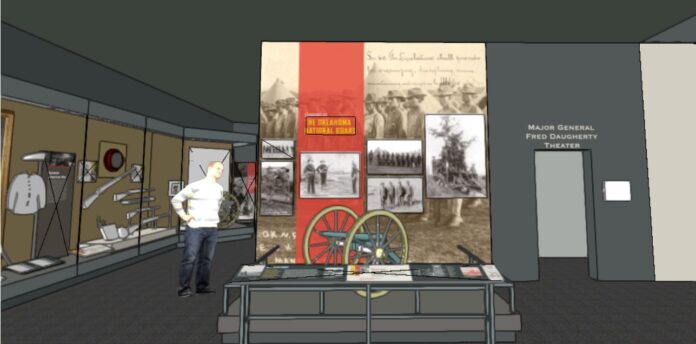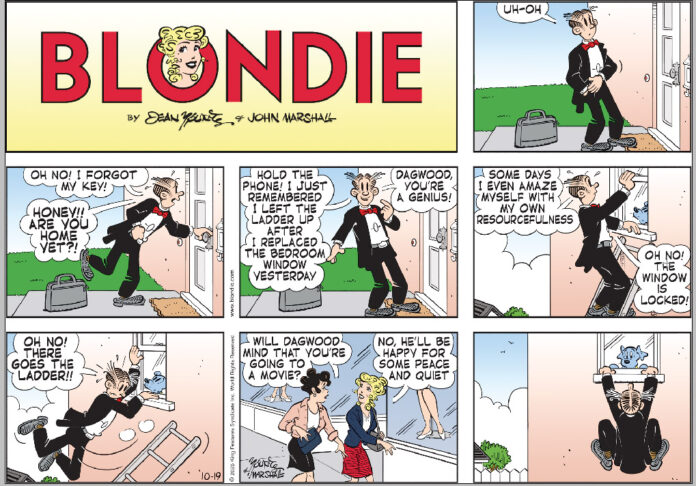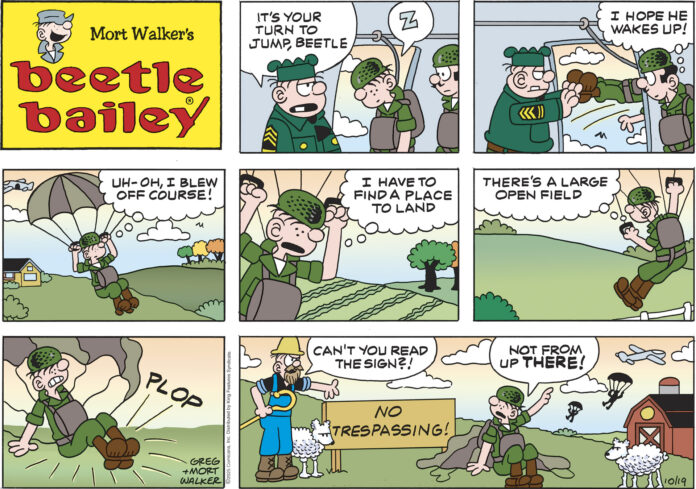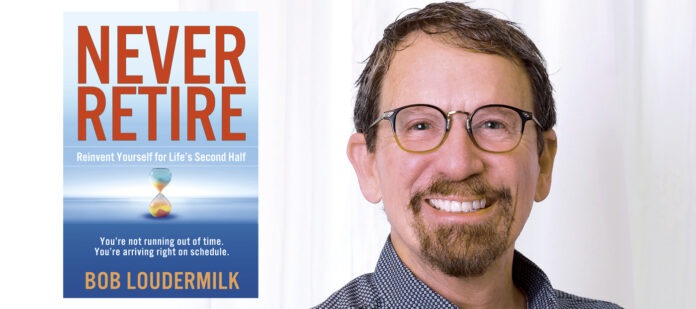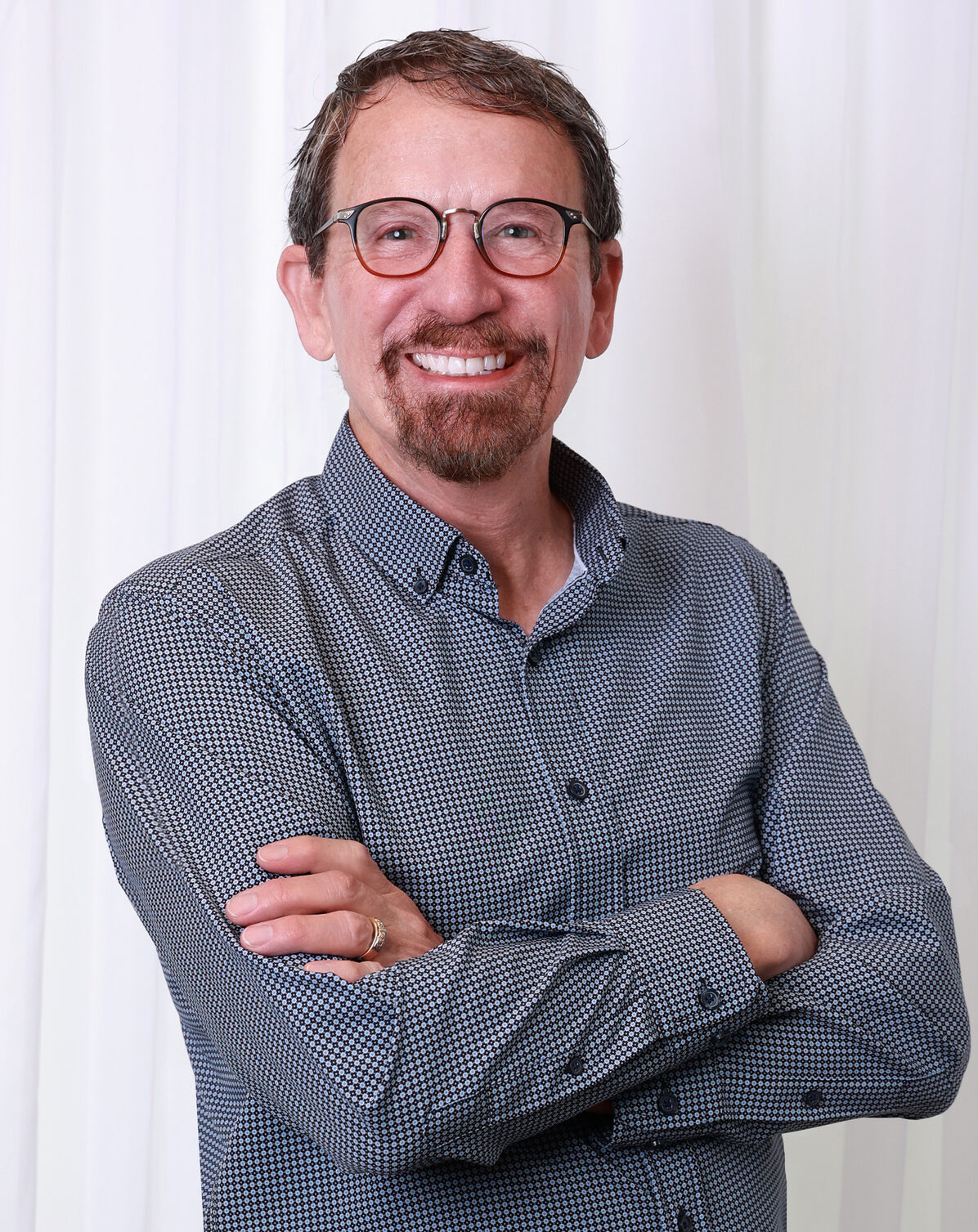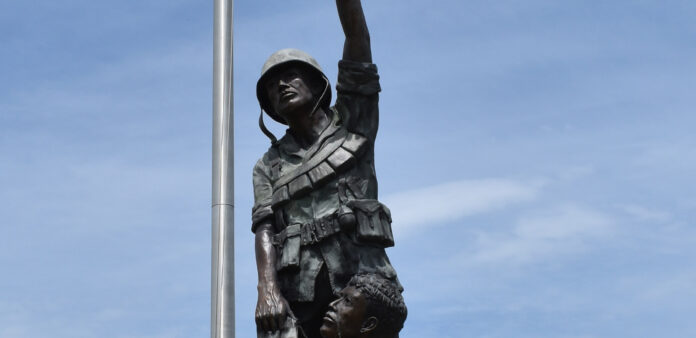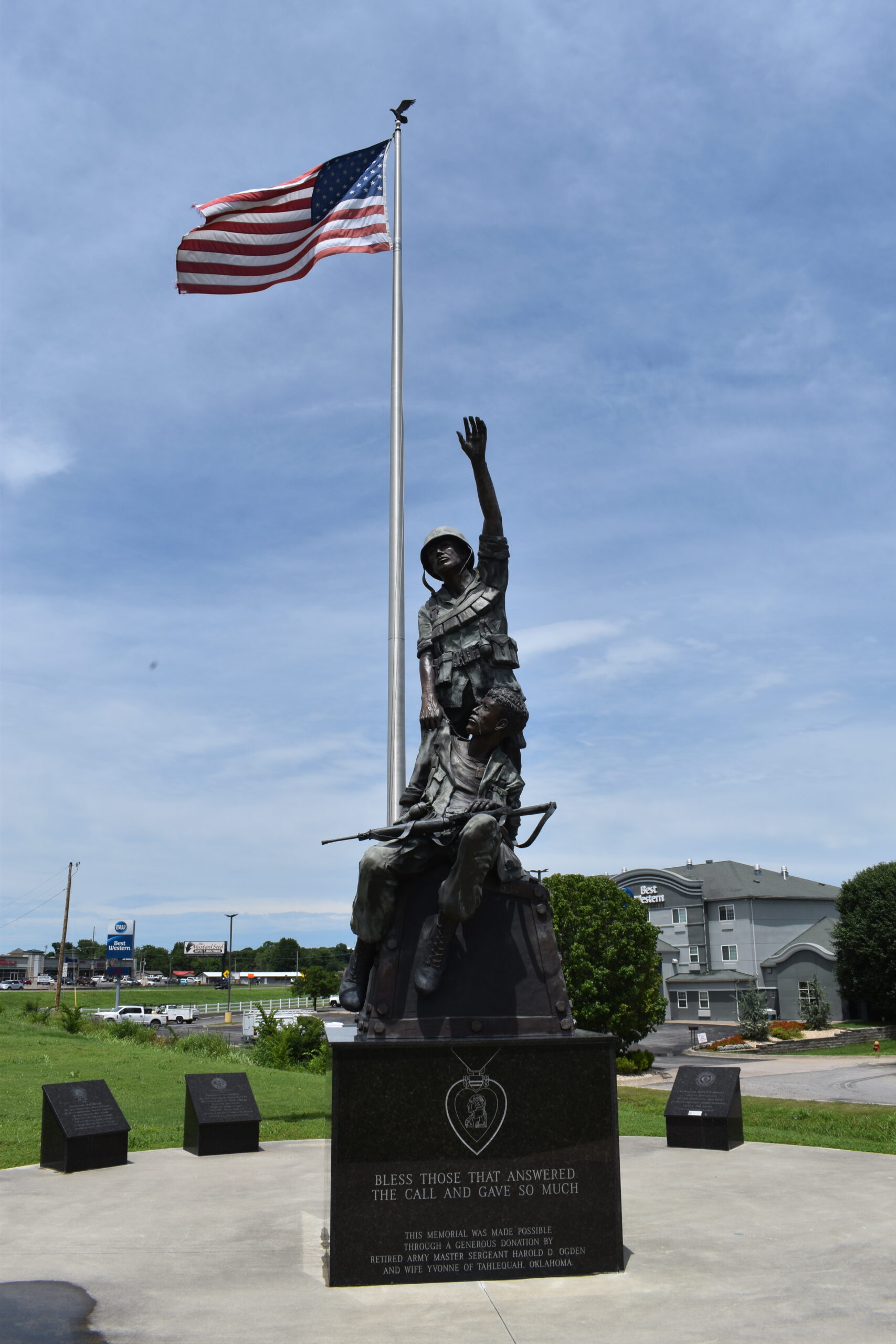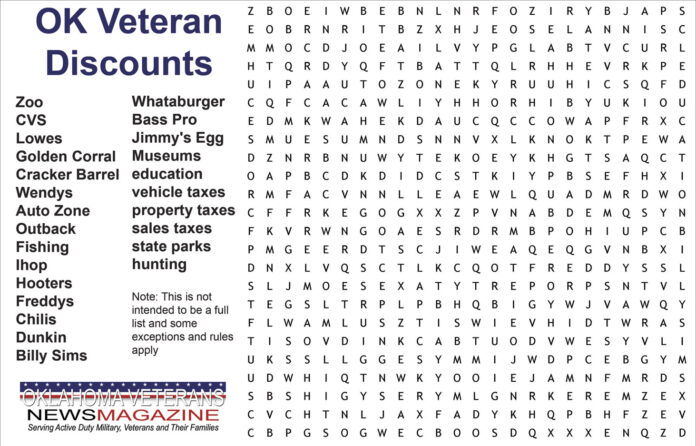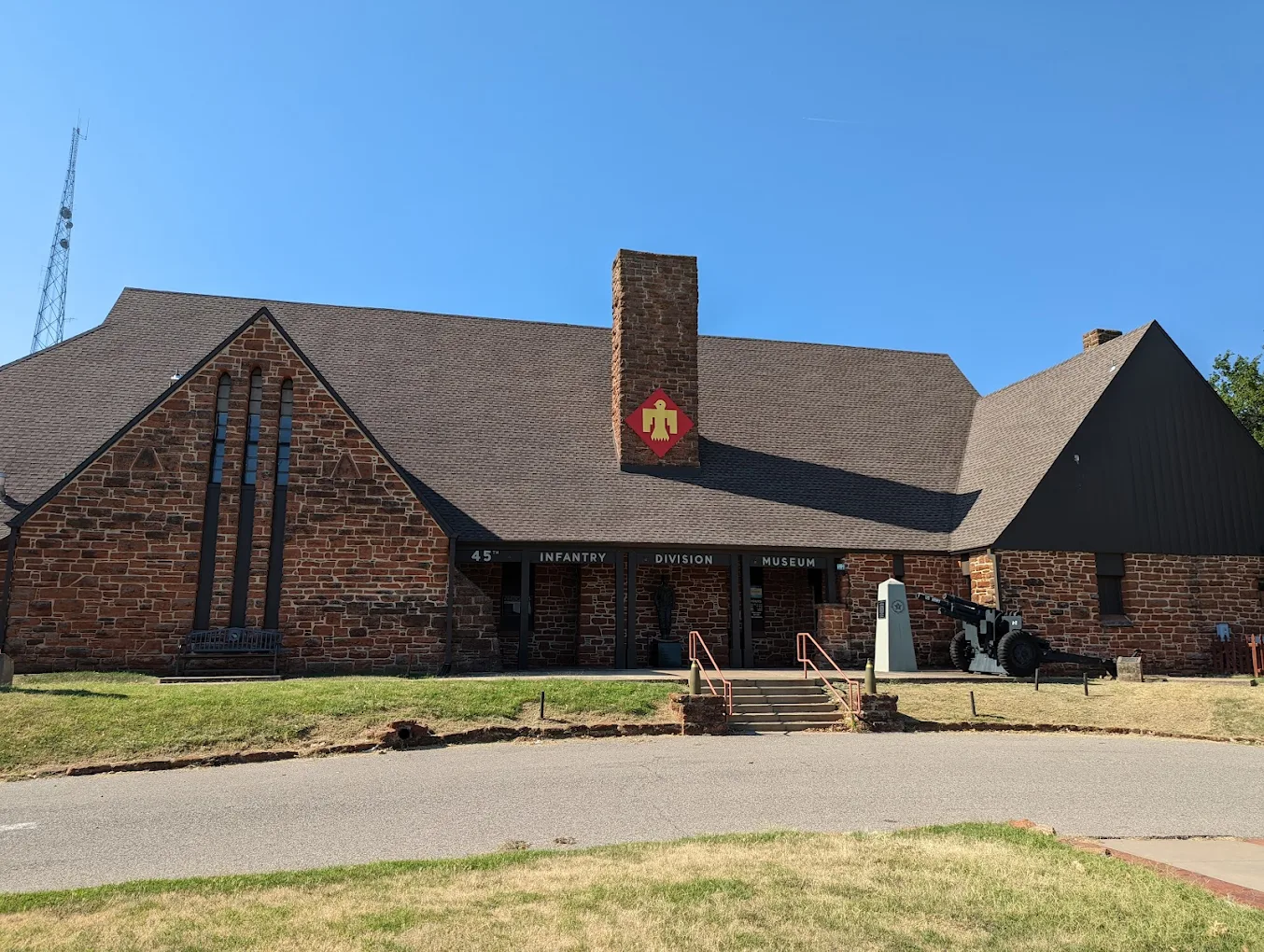

The Oklahoma National Guard Museum hosted a closing ceremony earlier this summer to honor its historic home, marking the end of an era for the 1937 Works Progress Administration building that served as a cornerstone in preserving the legacy of the Oklahoma National Guard and its service members.
During the 2021 legislative session, the Oklahoma Legislature approved changing the name of the Museum from the 45th Infantry Division Museum located at 2145 NE 36th Street in Oklahoma City to the Oklahoma National Guard Museum and raising funds to house a new museum building to serve as a home for the newly refocused Oklahoma National Guard Museum.
As the current museum focuses heavily on the 45th Infantry Division’s service during World War II, the new Oklahoma National Guard Museum will focus on telling the entire story of the Oklahoma Air and Army National Guard, from pre-statehood to modern times.
The museum will soon transition to a new state-of-the-art, nearly 40,000 square-foot facility located at 3301 Northeast Grand Blvd., is scheduled to open the summer 2026.
“The construction is going very rapidly actually. The building is enclosed. Sheet rock has gone up and we are still on target to open in the summer of 2026,” Dr. Denise Neil, the museum’s executive director said. “We closed the previous museum in May.”
It will provide enhanced space and tools to effectively tell the Oklahoma National Guard’s story from its founding through modern times, including a focus on domestic operations throughout the state and neighboring states.
“To be able to share and preserve and maintain a history of the men and women that serve in the National Guard in Oklahoma is really important that it drives our mission,” Neil said. “When we think about us starting with military history and how the Guard participated in wars, that starts really for us in 1898 with Guardsmen that leave the Guard to serve in the volunteers for the Spanish-American War. And that is history that people don’t know about because it’s so far removed.”
In addition to new displays, numerous artifacts from the 45th Infantry Division Museum will continue to be on display. There will also be a variety of interactive displays, which will provide more information about Oklahoma National Guard activities than is currently possible.
The museum has been instrumental in collecting, preserving, and interpreting the history of the Oklahoma National Guard. Its extensive collection includes the Jordan B. Reaves American Military Weapons Collection, Bill Mauldin’s personal collection of World War II cartoons, a tribute exhibit to the 12 members of the 45th Infantry Division and Oklahoma Army National Guard who received the Medal of Honor, a robust exhibit on the 45th ID’s role in the liberating the Dachau concentration camp 80 years ago, and more.
“All of the exhibitions will be brand new,” Neil said. “We will expand our storyline so we’re starting with the history of the Oklahoma National Guard beginning in 1890 with the establishment of the territorial militia and moving up as contemporary as possible. We also are expanding beyond telling the story of war so that we can tell the story of how the Guard responds to natural and man-made disasters in the state and the country as well. We’re also expanding how we tell the story of the Oklahoma Air National Guard in the new museum. And we’ve been pretty Army-heavy over here for a long time in the old museum, so we’re looking forward to that too.”
Though a bittersweet farewell to the building that housed the museum for nearly 50 years, Neil expressed gratitude and excitement for the future.
“My first job here was in the early 2000s, and then, fast forward to having the honor of guiding the museum to this new chapter,” Neil said. “The idea was that we needed a new building to house the museum’s collection so that we could tell a better story of the Oklahoma National Guard. We love our historic building, and it has great history to the [Oklahoma National] Guard, but it also has challenges, and a new building will allow us to do a better job.”
Neil said the Oklahoma National Guard and the Oklahoma Military Department intend to maintain their former building.
“The exact use in the future is to be determined, but they’re hoping that they will be able to take off the additions that we’re put onto it and turn it back to how it looked in 1937,” she said. “It’s a beautiful building and we’re sure glad they’re going to maintain it.”
Neil said the museum’s collections will start moving to its new site early next year.
“Everything is in the same building for right now. We will start moving collections toward January,” she said. We have relocated several sizable items from the park to another area. We are not taking everything out of the park. Some stuff will be maintained on the current property.”
Neil said the museum continues to attract visitors from Oklahoma and abroad.
“Our visitor numbers are good, and we look forward to them going up in the new space,” she said. “Most of our visitors are from Oklahoma. But on an average year, it’s not uncommon for us to have representation from foreign countries at all including from Germany and France. We aim to attract a broad international audience, as we believe our story is both compelling and worthy of attention.”
Neil said she wants visitors to the new museum to walk away with a better understanding of the role the Oklahoma National has played in the state’s past, present and future.
“I think my overarching message would be that we want people to come and learn about everything the Guard has done through its existence from pre-statehood days to current, and the impact that they have on the lives of Oklahomans to their service to community,” she said.
For more information about the Oklahoma National Guard Museum visit www.okngmuseum.com or scan the QR code. •
story by Van Mitchell, staff writer



